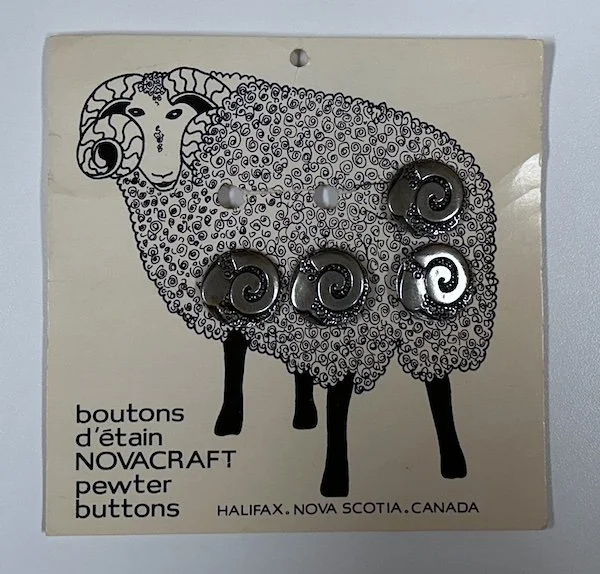Dopamine Hacks
People always ask me how I get so much done. I used to think that was an odd question until I realized that the husband and I look weird to normal people. It is a standing joke that the husband works, relaxes by working some more, then finally relaxes by watching videos of other people working. When people ask me if he has any hobbies, I say that work is his hobby. I have hobbies, but I also have this annoying tendency to turn my hobbies into businesses, which make them less about relaxation and more about work. We are two peas in a pod. Sometimes that is a good thing and sometimes it is not.
This is the question that pops up most frequently with regard to sewing, too. People either ask me how I get so much done, or they ask how I maintain motivation through a long sewing project. After running across an article on dopamine hacking a few days ago, I had an epiphany: I’ve developed my own system of dopamine hacking over the years, without knowing that was what it was called.
[I suspected the husband had a similar system, although when I asked him about it, he seemed dumbfounded that someone gave his approach an actual name.]
Dopamine is a neurotransmitter that plays a key role in the brain's reward system. It helps to regulate feelings of pleasure, motivation, and reinforcement of behaviors. It also influences various functions such as movement, mood, learning, and attention. You may have heard of “dopamine dressing,” which is a fashion trend that emphasizes wearing clothes to boost your mood and happiness, often through bright colors. (Know anyone who dresses like a parrot?)
This is going to be a podcast episode at some point, but I thought I’d put some of this down on paper in case it helps anyone else. These are many of the dopamine hacks I use to keep myself going through my week. This list is specific to sewing, but it applies to other projects, too.
Break project into micro-tasks and check them off—I adore lists.
Take before/after photos at each step—I do this regularly because I chronicle projects here and on Instagram.
Tidy workspace before starting—I can’t work in a messy kitchen and the same goes for my sewing space.
Prep the next step (tools, pieces, layout)—These are good activities for short periods of time.
Pair tedious steps with enjoyable activities (podcast, tea)—I work while listening to podcasts or YouTube videos.
Use the 10-minute rule to get started—Ten minutes seems to be the magical amount of time for dopamine to kick in.
Switch tasks before motivation crashes—Thankfully, in sewing, we’re rarely doing the same task for hours.
Introduce novelty (alternate projects or new techniques)—Work on something difficult when you’re fresh, then switch to something quick and easy later on.
Keep visual anchors (pattern envelope, fabric inspiration)—Some people use mood boards for this.
End each session with a 'done for today' ritual—Clean up, set out supplies for the next step, etc.
Celebrate each milestone (zipper, fit, hemming, sleeves)—Reward yourself with a piece of chocolate, cup of tea, 10 minutes of a computer game, or whatever gives you a little pat on the back.
The husband noted that rewarding oneself with chocolate might lead to the practice of identifying everything as a milestone—and this is coming from the man who discovered my secret stash of Trader Joe’s one-pound chocolate bars and helped himself. 🧐
******
One of my podcast listeners—thank you, Franci!—sent me a birthday present:
She picked them up at her American Sewing Guild local chapter’s annual meeting. I will have to figure out a special project to showcase these—maybe a luxurious knitted cowl?

